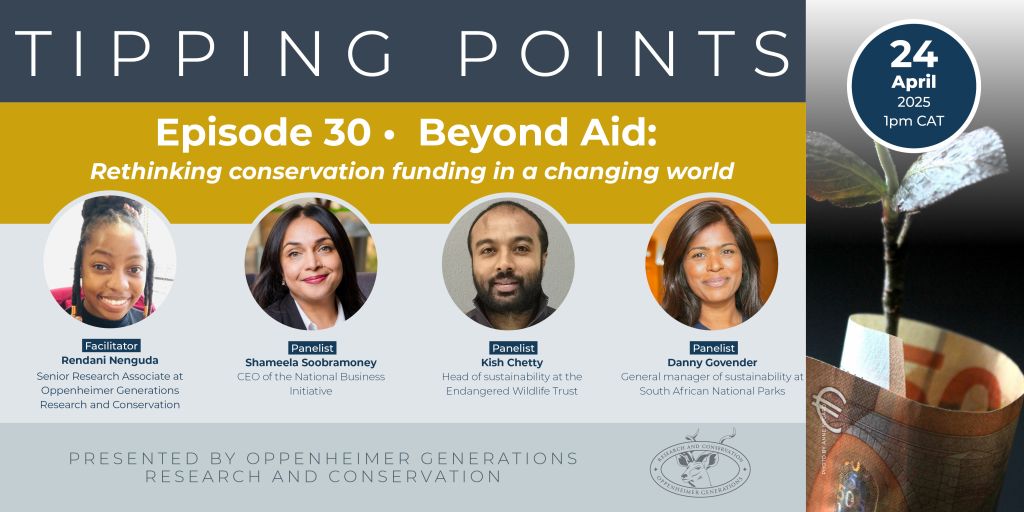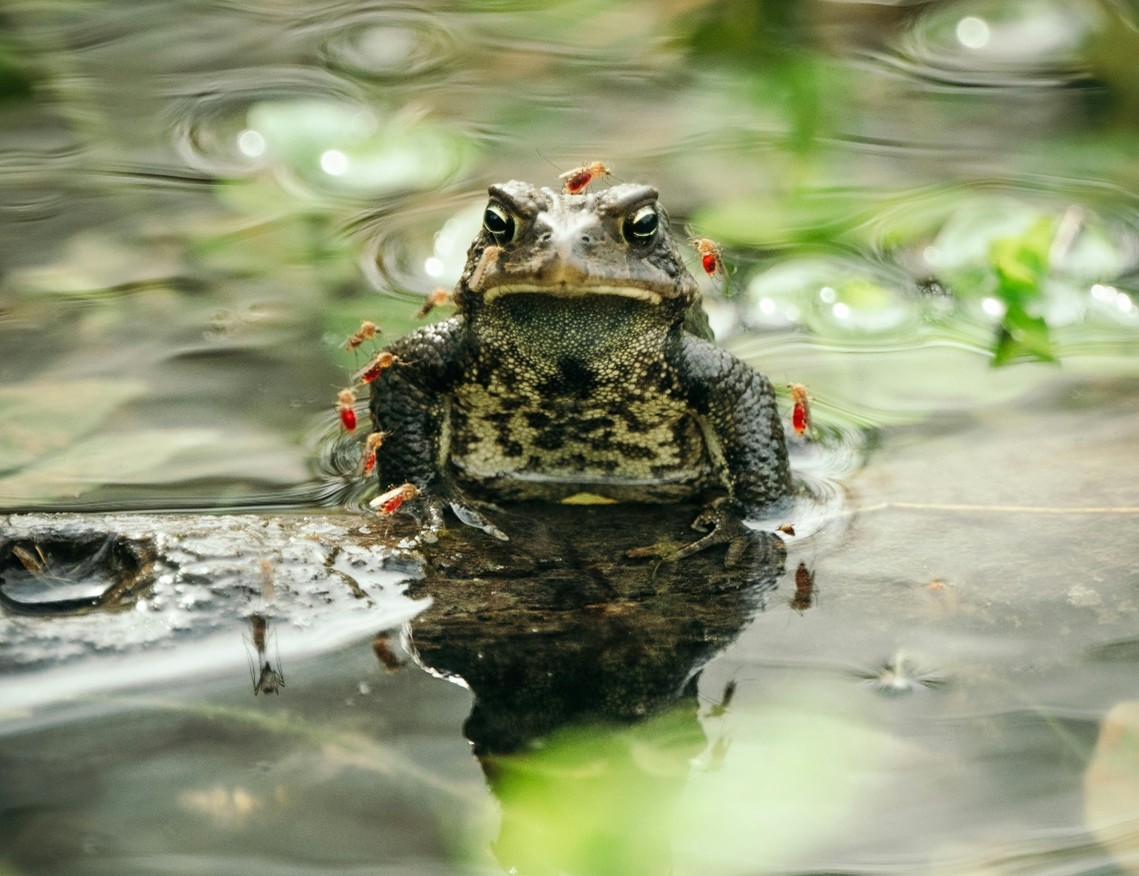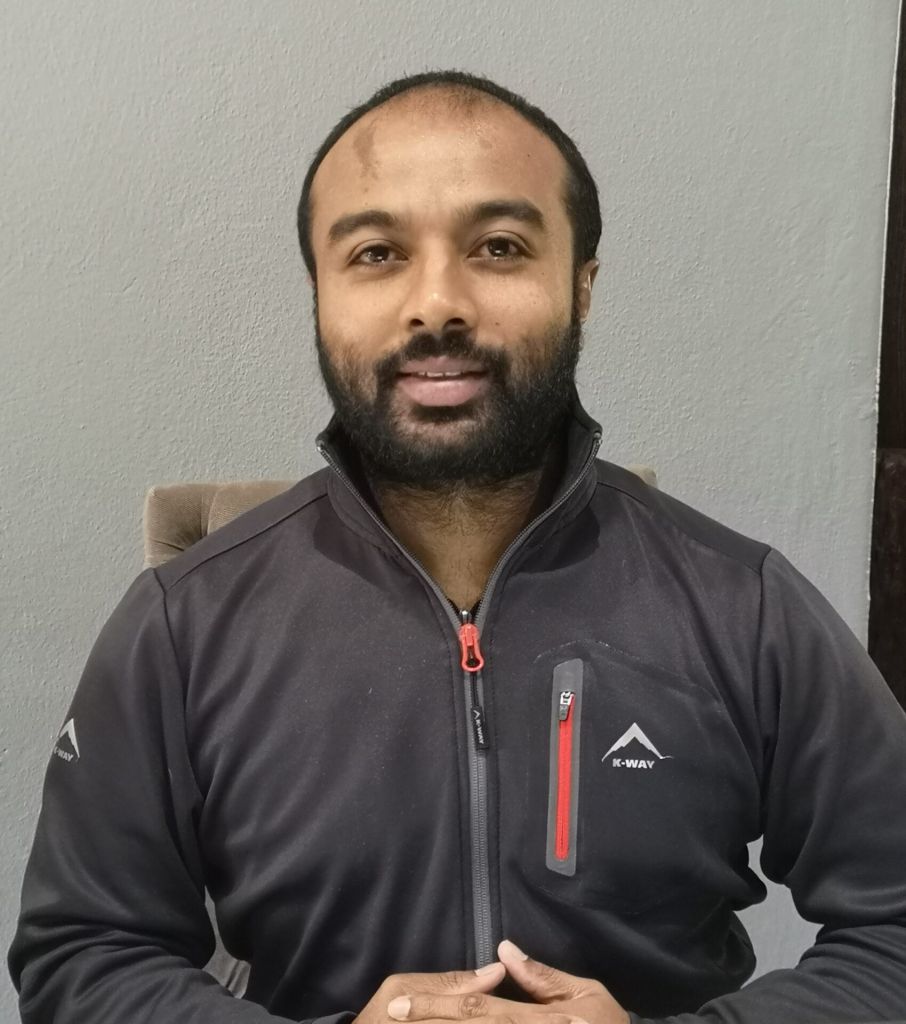There has never been a more urgent — or opportune — time to rethink the future of conservation in Africa.
As global attention shifts elsewhere and traditional donor streams dry up, conservation in Africa stands at a turning point. Yes, there is a funding crisis. But there is also growing motivation to tell a different story: one of African-led solutions, resilient ecosystems, and recognition of our biodiversity not just for its beauty, but for its central role in sustaining livelihoods, economies, and life itself.
Over the past four months, the global funding landscape has shifted — fast. Governments are broke or looking inward. Donors are distracted. Philanthropy is chasing the next shiny crisis. And across Africa, many conservation organisations are being forced to ask an uncomfortable question: What now?
South Africa offers a stark case study. An estimated R15 billion is needed annually to support national biodiversity efforts — but less than a third of that is currently funded. “We’re spending about 4.5 billion,” said Kruger National Park’s sustainability manager, Danny Govender.
The shortfall is compounded by recent cuts to foreign aid. In Kruger alone, approximately R12 million has been lost from anti-poaching and ranger programmes. As Govender puts it, “The abrupt halt of international funding… has had a tangible impact.”
And on a global scale, the gap is staggering: “We spend $124 billion per year… but need $900 billion plus to restore and protect nature,” noted Kishaylin Chetty, executive head of sustainability at the Endangered Wildlife Trust.
So how will conservationists adapt? What new funding models and partnerships might emerge? These were among central questions tackled at last week’s Tipping Points webinar hosted by Oppenheimer Generations Research and Conservation (OGRC). Titled “Beyond Aid: Rethinking Conservation Funding in a Changing World”, the session brought together Govender, Chetty, and Shameela Soobramoney, CEO of the National Business Initiative and a large audience of conservation thought leaders.

Rendani Nenguda, a senior research associate at OGRC facilitated the discussions.
Bridging sectors
Soobramoney said many organisations have already felt the impact of donor funding cuts, with project-based work taking the hardest hit. Addressing this involved shifting priorities and finding new funding sources. We need to ask, ‘What should we truly prioritise and prize?’ said Soobramoney, and from there, determine how to attract the right sources of funding.

She emphasised that the private sector remained a largely untapped partner. Supporting conservation, she said, needed to go beyond corporate social investment and become embedded in the core of how businesses operate, rather than being treated as a charitable cause.
Intrinsic link
There was growing recognition, she said, of the intrinsic link between healthy ecosystems and economic resilience. For example, financial institutions, including central banks, were beginning to assess the systemic risks posed by environmental collapse. This shift, she said, signalled a new understanding: conservation is not just a philanthropic pursuit but a cornerstone of long-term economic stability.
Govender agreed that traditional funding conservation models were not sufficient. She reflected on how Covid-19 had pushed the conservation sector to begin thinking more seriously about long-term sustainable financing. Now, with shrinking international aid, that urgency has only grown.

She stressed that while ecotourism remained vital — making up nearly 80% of SANParks’ revenue — it cannot stand alone. There was other finance out there for conservation but unlocking that potential required clearer goals, better systems for accessing capital and measuring outcomes and entering innovative land usage agreements.
Conservation beyond charisma
It’s not just about protected areas, but ecosystems as a whole, said Govender. So, redefining conservation itself was part of the solution.

She said while charismatic species opened doors to donor interest, the real goal was to shift the conversation toward biodiversity as a whole — the ecosystems, services, and interconnections that sustain all life, not just iconic animals.

Chetty’s presentation was titled: Turning a crisis into a catalyst.
He said NGOs like the Endangered Wildlife Trust (EWT) were still counting the losses with approximately 16 million rand in funding already withdrawn from vulture conservation and canine scent detection programs due to recent funding cuts.
He also stressed the human cost. “This is also about people… rangers, scientists, communities . . . Conservation is essential infrastructure.”
However, Chetty said that the crisis, though challenging, could serve as a catalyst for creating an African-led conservation model that better reflects local needs and priorities.
“It’s a superb opportunity to rethink… how we define value in conservation.” And that shift, said Chetty, “must become a movement that is proudly South African, proudly African.”
Building accountability and trust
On the business front, Chetty said it was also vital to address NGO transparency concerns and upskill conservation scientists in financial literacy.
Publishing audited financials to show where money goes – focusing on outcomes, not just activities – would go a long way to build investor confidence, he said.
“Governance isn’t sexy”, admitted Chetty, but essential to building trust that funds are effectively used for what they are intended. Govender agreed that accountability was key. She noted a gap between policy frameworks and on-the-ground action, where a missing middle layer often prevented strategy from translating into real impact. This pointed to the need to make sure that high-level policies and strategies actually do lead to measurable and successful conservation outcomes.
Skewed agendas
And far too often, she added, the conservation sector pitched issues based on what funders were willing to support, rather than on what was truly needed. This creates a skewed agenda where external funding priorities took precedence over longer term ecological sustainability at a local level.
She drew a parallel with Karoo sheep farming, where government intervention—through predator control, infrastructure, and logistics — had proven essential in making the Karoo farming model viable. Conservation, she said, needed similar catalytic support to provide the necessary infrastructure for biodiversity enterprises to thrive.

Nenguda said as the world turns away, Africa clearly needs to up its game — not just to fill the funding gap, but to redefine what conservation looks like when it’s led, owned, and celebrated from within.
Bold narratives
Prompted to share key priorities going forward, Chetty said African NGOs must tap into the growing wealth within the continent. While international donor streams are retracting, local sources — including high-net-worth individuals and corporates — present a promising avenue, said Chetty.
And there was a need for narratives that resonate with these audiences, and to demonstrate how funding support translates into tangible, long-term conservation outcomes.
In her parting words, Soobramoney said that in an era of complex, overlapping crises, staying focused on long-term outcomes — rather than being swept up in reactionary efforts — was vital.
She ended on a philosophical note, reminding the audience of this powerful maxim: “If you don’t invest in the future you want, the one you get will be worth infinitely less.”
In closing, Govender warned that doom-laden conservation narratives risk alienating the public. She called on scientists to engage with the media and urged investment in professional conservation journalism to support more nuanced, high-quality storytelling.
In this sense, the most powerful response to the crisis may not be new funding pleas — but a bold new narrative — one that shows not just what Africa stands to lose, but what it’s already doing to win.
“We need to become storytellers of success,” said Govender.
Her call to action was clear: change the narrative, and change the future. – Roving Reporters
The next OGRC Tipping Points webinar takes place at 1 pm, Thursday, 29 May, and will focus on land management and wildlife economies.
- Fred Kockott is the director of the environmental journalism training agency, Roving Reporters. This article was produced with support from Jive Media Africa, science communication partner to Oppenheimer Generations Research and Conservation. This story was produced with the assistance of Jive Media Africa, science communication partner to the Oppenheimer Generations Research and Conservation (OGRC).


